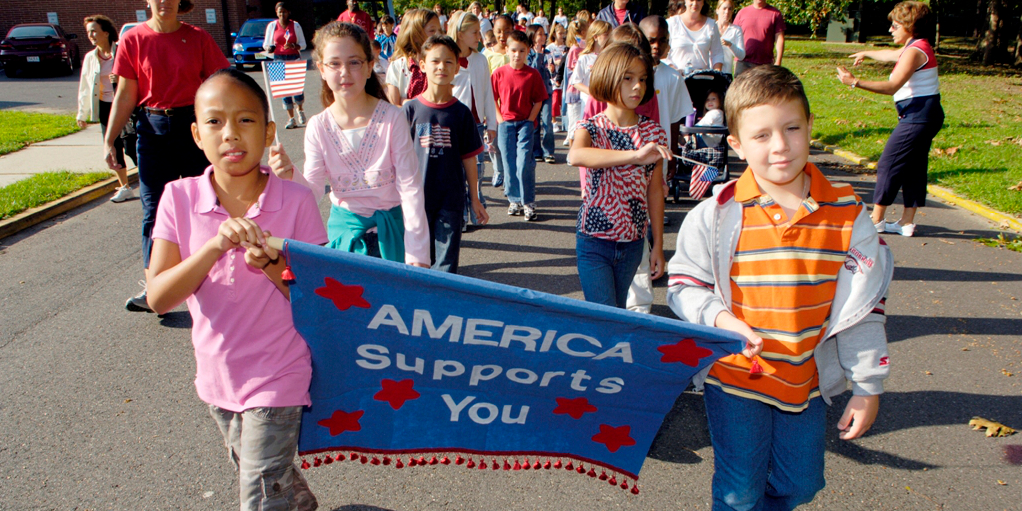Seventeen years ago, al Qaeda terrorists attacked the United States. Nineteen years ago, Columbine High School was attacked by students armed with guns and improvised explosives. In the nearly two decades since, the United States has invested heavily in developing ways to deter and detect terrorism, but we are no closer to preventing school violence.
Indeed, the hard truth is that while terrorist attacks in the United States have become increasingly rare, school shootings have become regular. As a counterterrorism and homeland security expert, I never thought the day would come when instances of school violence outpace terrorism. Yet, here we are.
A core part of the challenge of addressing school violence is that we lack reliable data on the threat. For example, the Department of Education attempted to collect information on school shootings via its 2015-2016 Civil Rights Data Collection survey, but the results were wildly inaccurate. In an independent review, NPR found that while the survey suggested some 240 U.S. schools had experienced a shooting, more than two-thirds of those reported shootings never happened.
The result is that neither the federal government nor anyone else has a clear picture of the threat, its rate of occurrence, its consequences and a host of other data that are essential for developing ways to deter school violence and enhance safety. This is how we confronted terrorism—with a rigorous, methodical, data-driven investigation into the phenomenon that in turn drove a range of initiatives that have successfully protected the country and its citizens.
Why aren’t we taking this same approach to school violence?
 We hear about bulletproof backpacks, arming teachers and metal detectors at building entrances, but this is all defensive in nature, and we don’t actually know whether any of it is effective. When actions are taken without evidence and without the benefit of understanding, it is the equivalent of performing surgery before the exam. More than that, focusing on physical security on a school campus does nothing to address the broader challenge of preventing school violence in the first place.
We hear about bulletproof backpacks, arming teachers and metal detectors at building entrances, but this is all defensive in nature, and we don’t actually know whether any of it is effective. When actions are taken without evidence and without the benefit of understanding, it is the equivalent of performing surgery before the exam. More than that, focusing on physical security on a school campus does nothing to address the broader challenge of preventing school violence in the first place.
Before we can make informed decisions on protecting students and their schools, we need to master the basics. How do we define school violence, and what constitutes an act of violence? What motivates young people to commit violent acts against their peers? Most important, what can be done to identify and help a student who may be heading down a violent pathway?
Without reliable information and a holistic, coordinated effort, we will continue to see regular violence at our nation’s schools. What’s needed is collaboration between families, teachers and school staff, academics and researchers, lawmakers, public safety professionals, and others.
To that end, the Safe Communities Institute is pursuing a variety of initiatives to drive real solutions to school violence. SCI, in partnership with leading experts, is developing a center of excellence to fuel research, inform policy decisions, and deliver best practices to stakeholders. The center will be a clearinghouse for the information we need to understand school violence, and it will serve as a hub for policy development at the state and federal levels, supported by research at institutions across the country.
As a kick-off for this long-term effort, USC is hosting the USC National Safe Schools Digital Summit on October 24. We are streaming the event live online and at no cost, such that every American can join the conversation. The event will present three panels:
- Students are the Nation’s Greatest Asset: Students from schools affected by violence will share insights into their school experience, their concerns, and the role they can play in supporting a safer school environment.
- There is No Profile for School Security: Security, public safety and public health experts will discuss trends in school violence, best practices for creating a more secure campus, and the innovative approaches that can enhance school safety.
- When a School Shooting is the Story: Leaders in the media industry will explain how decisions are made when covering an instance of school violence.
Thoughts and prayers do not save lives, nor can they sooth the suffering of the students, families, teachers and others who have been affected by school violence. If we had responded that way to the September 11 attacks, we would not enjoy the national security we do today. Likewise, we must take a data-driven, long-term, interdisciplinary approach toward a new understanding of school safety and violence prevention. By that, we can develop the policies, strategies, and solutions that will give America’s young people safe spaces to learn and grow.




